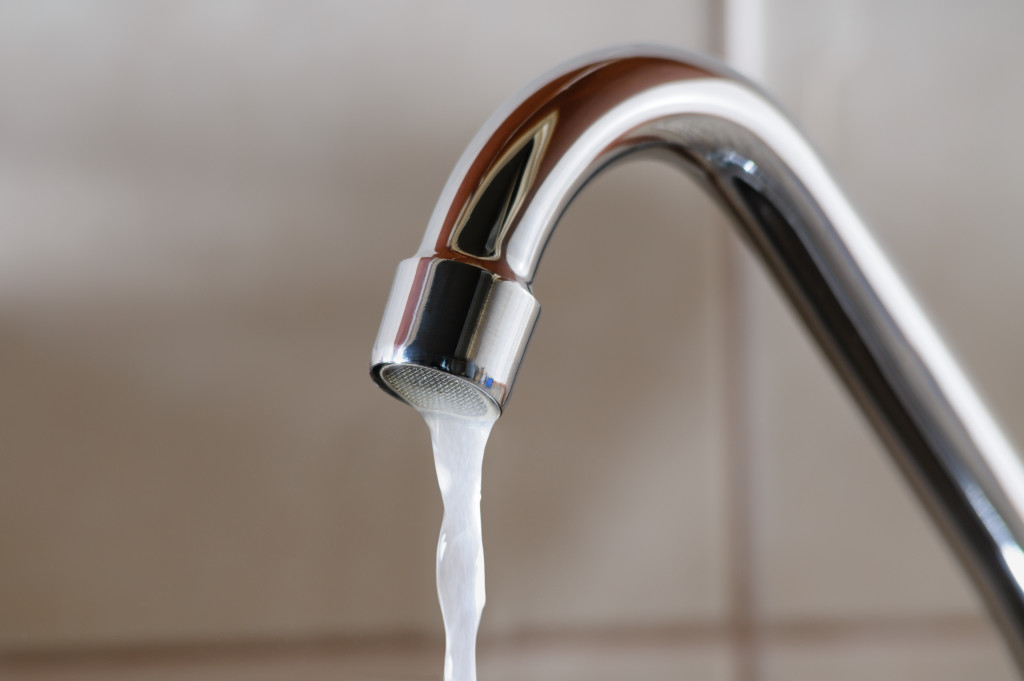Like most homeowners, you don’t think about your plumbing until something goes wrong. That’s understandable, but your plumbing is one of the essential systems in your home. It’s responsible for bringing clean water into your home and taking dirty water out. It is also necessary if you have a gas stove or water heater.
That’s why keeping your plumbing in good working order is essential. Not only will it save you money in the long run, but it will also make your life a lot easier. Here are a few easy upgrades to your home’s plumbing system.
Install low-flow fixtures
One of the easiest ways to conserve water and save money is to install low-flow fixtures. Low-flow showerheads, toilets, and faucets can save you hundreds of gallons of water per year without sacrificing comfort or convenience.
Many low-flow fixtures these days are more comfortable than their higher-flow counterparts because they provide a steadier stream of water. And as a bonus, most low-flow fixtures have a water pressure regulator built in, which will help protect your pipes from damage caused by fluctuations in water pressure.
If you’re interested in installing low-flow fixtures in your home, there are a few places to buy them. Lowe’s and Home Depot both carry a variety of low-flow fixtures, as do many online retailers. Ensure that you purchase fixtures that meet your local building codes.
Add a water filtration system
Another great way to keep your plumbing healthy is to add a residential water filtration system. Water filters are designed to reduce or eliminate water supply contaminants, including lead, chlorine, and other chemicals.
Not only will a residential water filter make your tap water taste better, but it can also help protect your plumbing by reducing the amount of sediment and other debris that may clog your pipes. In addition, a residential water filter can also help to reduce or eliminate odors from your tap water.
When it comes to choosing a water filtration system, there are a few things you need to consider. The first is the type of water you need to be filtered. For example, if you have well water, you’ll need a different system than municipal water.
The second thing to consider is the type of contaminants you want to be filtered out. A basic carbon filter will do the trick if you’re only concerned about chlorine and other chemicals. If you’re also concerned about lead and other heavy metals, you’ll need a system targeting those contaminants.
Third, you’ll need to consider the size of your home and how much water you use on average. If you have a large family or run a business from home, you’ll need a larger system than someone who lives alone.
Insulate your pipes

Another easy upgrade you can make is to insulate your pipes. This is especially important if you live in an area that gets cold in winter because it will prevent your pipes from freezing and bursting.
You can buy adhesive foam pipe insulation at any hardware store for just a few dollars, and installing it yourself is very easy. Simply cut the insulation to size using a sharp knife and then wrap it around the pipe, securing it with tape if necessary.
You can also insulate your hot water pipes to reduce heat loss and conserve energy. This will help keep your water hotter for longer and reduce the time it takes to reach your desired temperature.
Upgrade to a tankless water heater
If your home has an outdated, tank-type water heater, you should consider upgrading to a more spacious and cost-friendly tankless model. Tankless water heaters don’t store hot water like traditional models; instead, they heat it on demand. Consequently, they’re much more efficient.
They’re also much smaller, so they’ll free up valuable storage space in your home. The initial cost of a tankless water heater is higher than that of a conventional model, but the savings on your energy bill will quickly offset the difference.
Tankless water heaters are a great way to save space and money in your home, but not all of them are created equal. When shopping for a tankless water heater, there are a few things you’ll need to keep in mind.
The first is the size of your home. Tankless water heaters come in various sizes, so you’ll need to choose one that’s right for your needs.
Furthermore, you have to consider the kind of water you have. If your house is connected to a well, you’ll need a different model than if your water comes from the city.
Third, you’ll need to consider the tasks you perform with hot water. Any model will do if you only use hot water for bathing and showering. But if you also use hot water for laundry and dishwashing, you’ll need a model with a higher maximum flow rate.
Finally, you’ll need to consider your budget. Tankless water heaters can be expensive, but there are models to fit every budget.
As you can see, several easy upgrades you can make to your home’s plumbing system will save you money and increase your comfort and convenience. So if it’s time for an upgrade, don’t delay—these simple changes will pay dividends for years.







